Plant of the Week – April 14th 2025 – Purple Saxifrage (Saxifraga oppositifolia)

An early-flowering mountain plant with a circumpolar distribution.
Plant of the Week – April 14th 2025 – Purple Saxifrage (Saxifraga oppositifolia) Read More »
Stay updated with the latest developments and discoveries in the world of plants and horticulture with our News Articles category. Here, you’ll find timely updates on conservation efforts, botanical breakthroughs, gardening trends, and industry news. Whether it’s a new species discovery, tips for sustainable gardening, or global botanical initiatives, this section keeps you informed and connected to the ever-evolving plant world. Perfect for enthusiasts, researchers, and nature lovers looking to stay in the know.

An early-flowering mountain plant with a circumpolar distribution.
Plant of the Week – April 14th 2025 – Purple Saxifrage (Saxifraga oppositifolia) Read More »

By Susan Clark
I have lived for 40 years now on almost two acres that slope down to the Sudbury River. The land is dominated by large white pines, oaks, and hickories, which provide shade to part sun. The soil is pure sand with several inches of topsoil, so it is dry and drains fast. Dry shade is the hardest condition for gardening. Plantings are concentrated on the upper part of the land close to our house. The lower part and the river flood plain are kept mostly wild, full of native ferns, shrubs, and red maples. Lawn and woodland paths tie the various parts together. They provide a meandering loop through cultivated areas, sun, shade and quite wild sections.
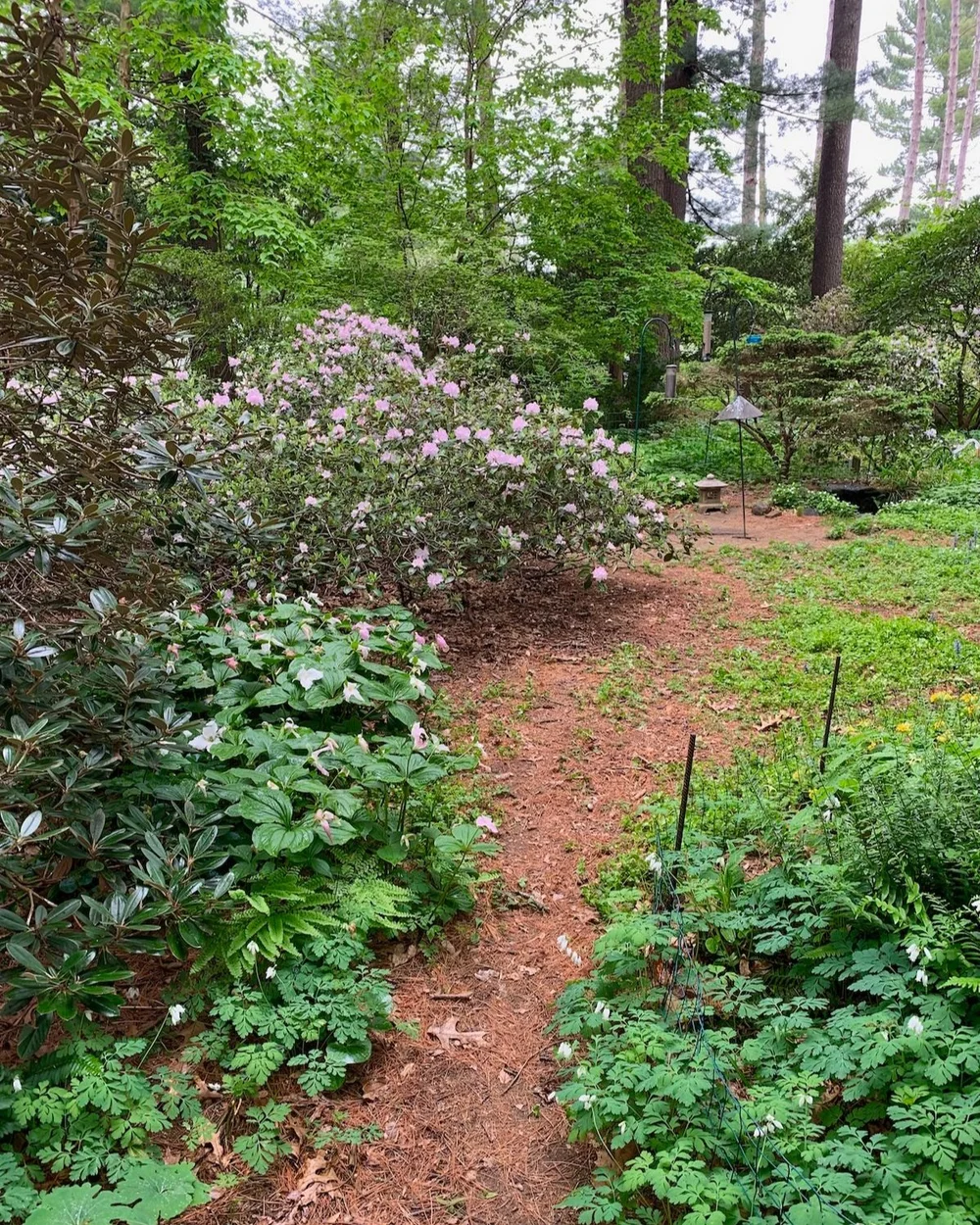
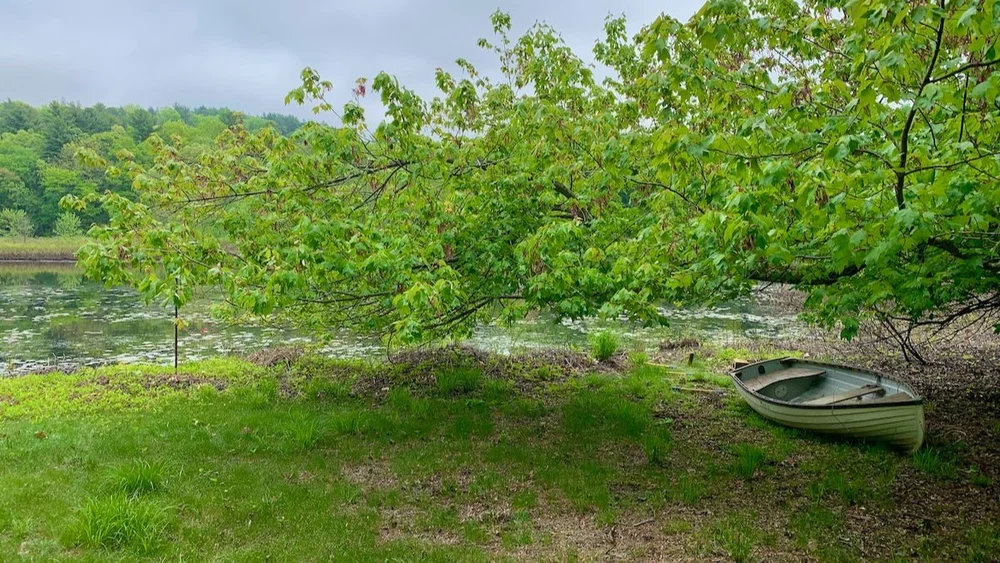
This place is a landscape rather than a garden in the formal sense. I have always tried to work with the land and its native flora, rather than bend it to my will. I subscribe to what I now know to call ecological horticulture: organic gardening that considers its ecological impact on wildlife habitats, biodiversity, and ecosystem health. I still have many non-natives and keep acquiring more, but I work to keep a balance even as I indulge in my various horticultural obsessions and impulse plant purchases.
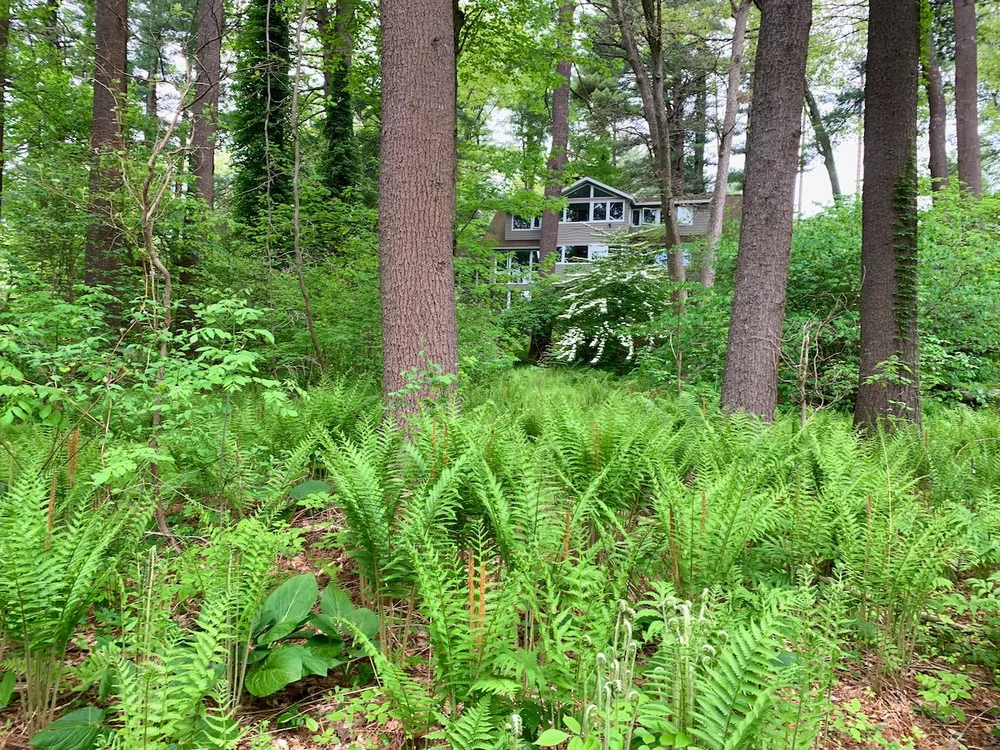

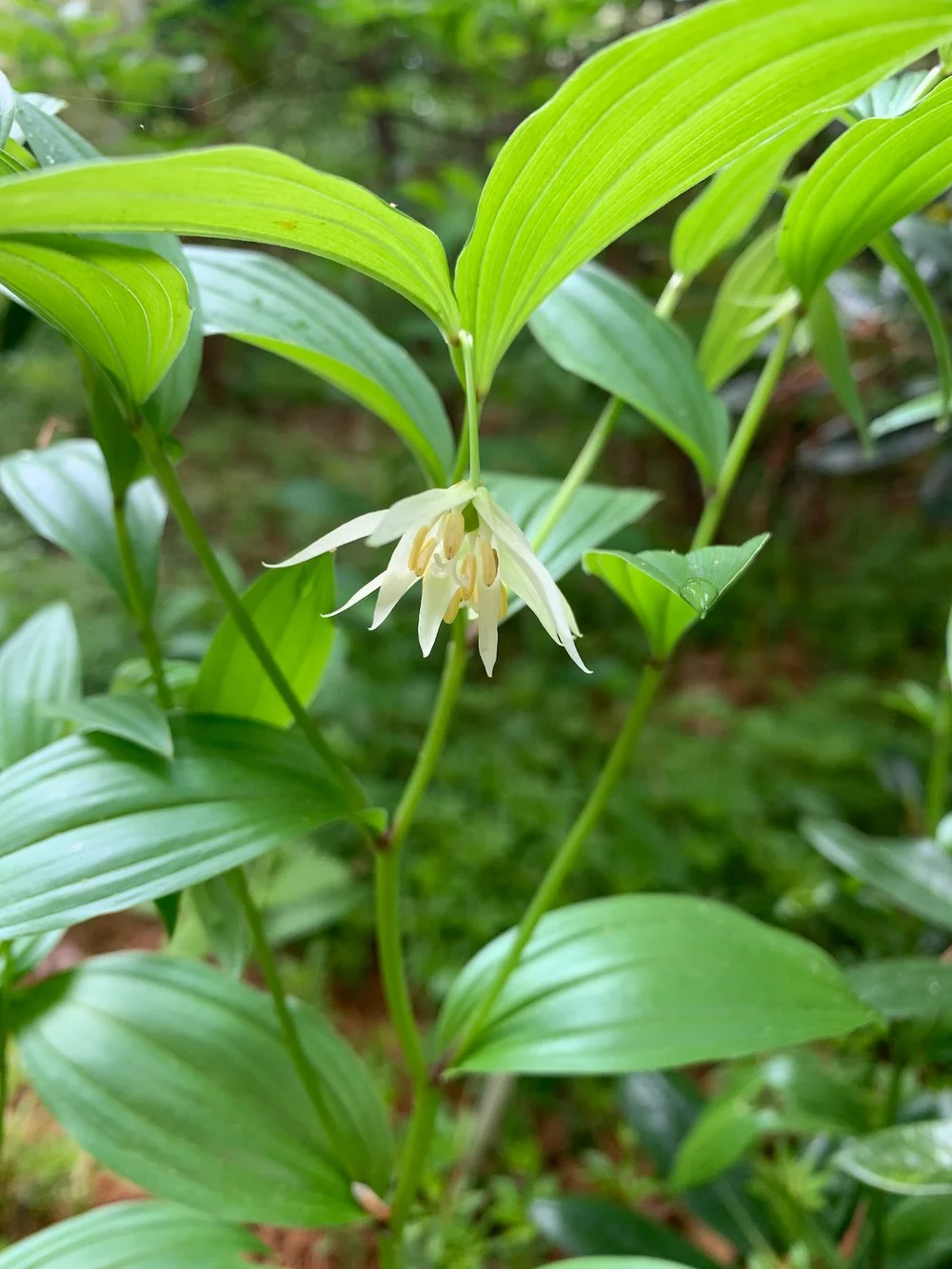
A few years back I had over 180 rhododendrons and azaleas and 40 different hostas. Storm damage of wind and snow, catastrophic droughts, and fierce heat and cold spells have weeded out the less hardy or simply unlucky plants. Deer, rabbits, woodchucks, and voles have eaten an endless list of victims, especially hostas and bulbs. My landscape is now a scarred survivor of all of this. I feel fortunate to still have so many plants that delight me through the seasons: 100 rhododendrons, two stewartias, a large Japanese silverbell, several magnolias, a number of witch hazels and their relatives, lots of spring ephemerals, and daffodils. I have a passion for season-extenders with shrubs that bloom right after the winter aconite and snow drops, rhodies that bloom starting in mid-April, summer-blooming azaleas, and a few fall-blooming shrubs.
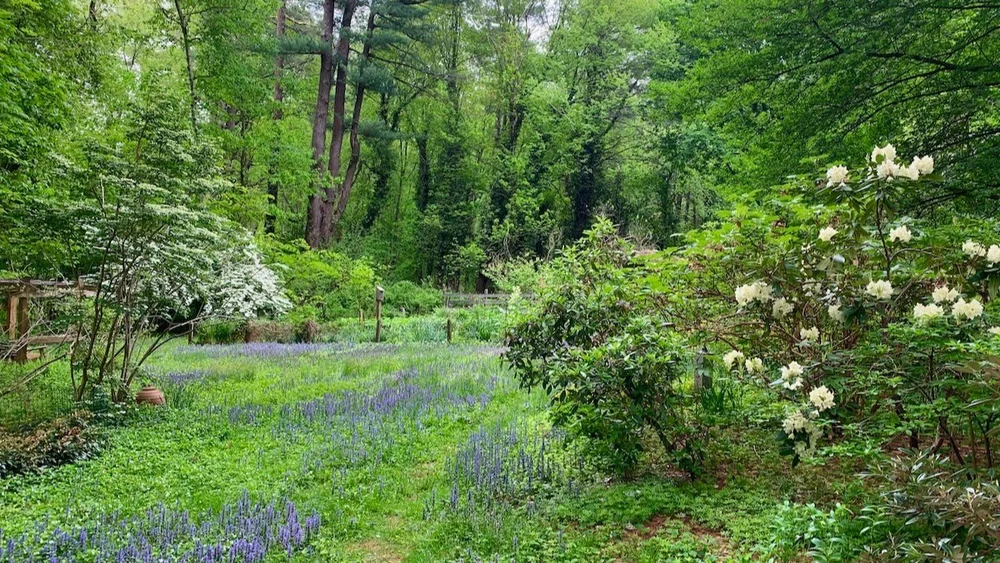

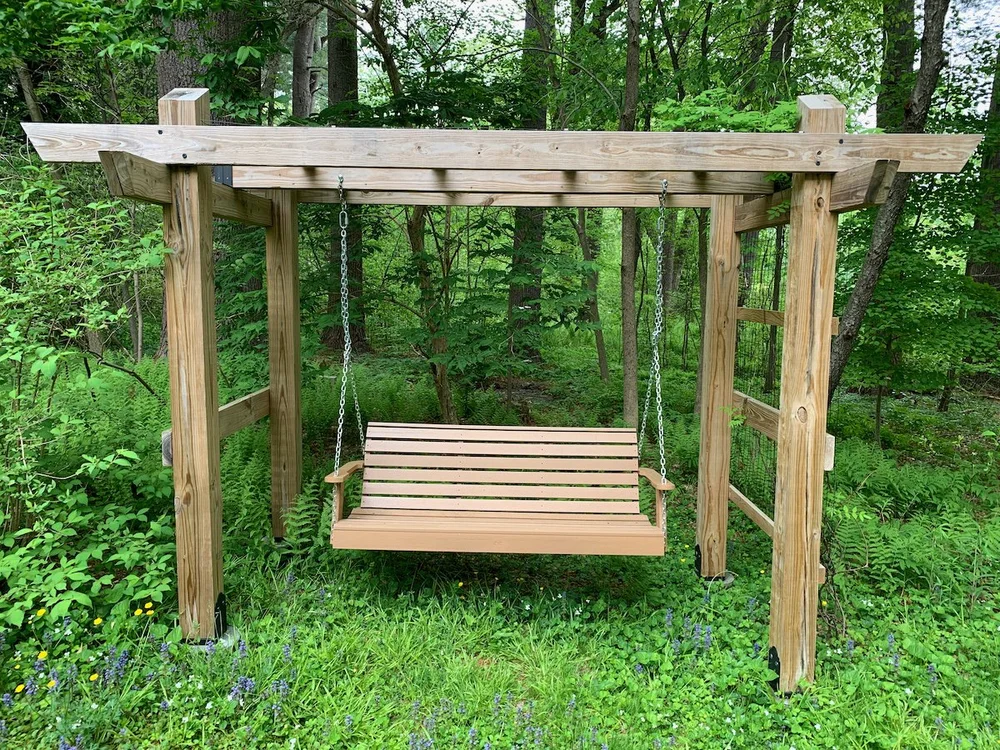
Susan is a long-time member of the Massachusetts Chapter of the American Rhododendron Society and the North American Rock Garden Society: New England Chapter. Her garden will be open for the Enchanted Gardens Spring Garden Tour in May.
The Clark Garden: Working With the Land Read More »
Hello!! This year I started the fruit orchard… I have planted apples, and will be planting pears, cherries, peaches when they arrive. Over time I will continue adding more fruit trees.
I have strawberries around one tree and have been creating guilds over time too.
I would like to have ducks in the orchard full-time. We have 5 ducks that are in a fully enclosed pen with house, but I’d like some that care for the orchard.
Will they eat all the lower lying guild plants? Anyone have a setup like this?
Thanks for any information!
submitted by /u/lilskiboat
[link] [comments]
Fruit tree guild orchard with ducks? Read More »
These 3 american chestnuts have been growing in my house from seed since January. I mist them daily bc I thought it could be from having forced hot air heating. Any input would be much appreciated.
submitted by /u/Endless-Vacation
[link] [comments]
Potassium difficiency or something else? Read More »
I’ve emptied the whole winter’s stove ash into a cardb box, and I’ve accumulated at least a few cubic feet worth. Do what the best use for it all?
submitted by /u/DDOS_the_Trains
[link] [comments]
I have a whole box of wood ash. What can I do with it? Read More »
As the title says, I’m completely devastated and need to vent for a moment…
I’ve protected a lot of young trees with protective sleeves but equally had lots of bushes that I planted last fall. Since they all were bushier in shape I couldn’t protect them as I did for the trees. I’ve had some deer browse before but this time I must’ve lost over 30 bushes and plants that were ripped apart and had their barks stripped.
From roses to figs, haskaps, currants and other flowering shrubs… All of these planted with countless hours over the winter. I’m devastated and heartbroken and feel close to giving up on the entire project. It’s my third year now and I feel like I keep pouring my heart into converting this land into a food forest just to have one setback after another. Since the surface area is quite large installing a tall enough fence would likely be cost prohibitive, so I’ll have to make things work with individual protection for each thing I plant. I was really hoping I could get away with less protection for the bushes. And still not sure how I’d even protect them while leaving enough space for them to grow in all directions.
Now I’m anxious how the next days will go as the damage will likely continue and I have neither time nor energy to install more protection. Anyone got some kind words to keep me going?
submitted by /u/retobs
[link] [comments]
Hey so I live in the middle east west part of the negev and I’m trying to figure out a way how to make my soil more fertility so my soil is very sandy, like dune sand, and I have a relatively thick layer of very compacted chalky soil under the sand, and I have compost available but, it’s not really enough and we don’t have much rain and I also wanna make the chalky soil less compacted, any options?.
submitted by /u/fintyool567
[link] [comments]
How do I make my sandy soil fertility. Read More »
I hope you find it inspiring
https://www.youtube.com/watch?v=EmwDwMTXXVQ
In this inspiring documentary, a Scandinavian family share their journey of transforming barren, lifeless soil into a thriving, self-sustaining ecosystem.
Over 12 years, they have built a regenerative permaculture farm with perennial plants, integrated livestock, and a resilient food system
submitted by /u/Medical_Question1207
[link] [comments]
In this episode of Greenhouse Grower to Grower, we talk to Bernie Heimos of N.G. Heimos Greenhouses and David Hoffmann of Hoffmann Family of Companies to learn more about why Hoffmann’s acquisition of N.G. Heimos makes sense for both companies.
The post Greenhouse Grower to Grower Podcast: Bernie Heimos and David Hoffmann appeared first on Greenhouse Grower.
Greenhouse Grower to Grower Podcast: Bernie Heimos and David Hoffmann Read More »